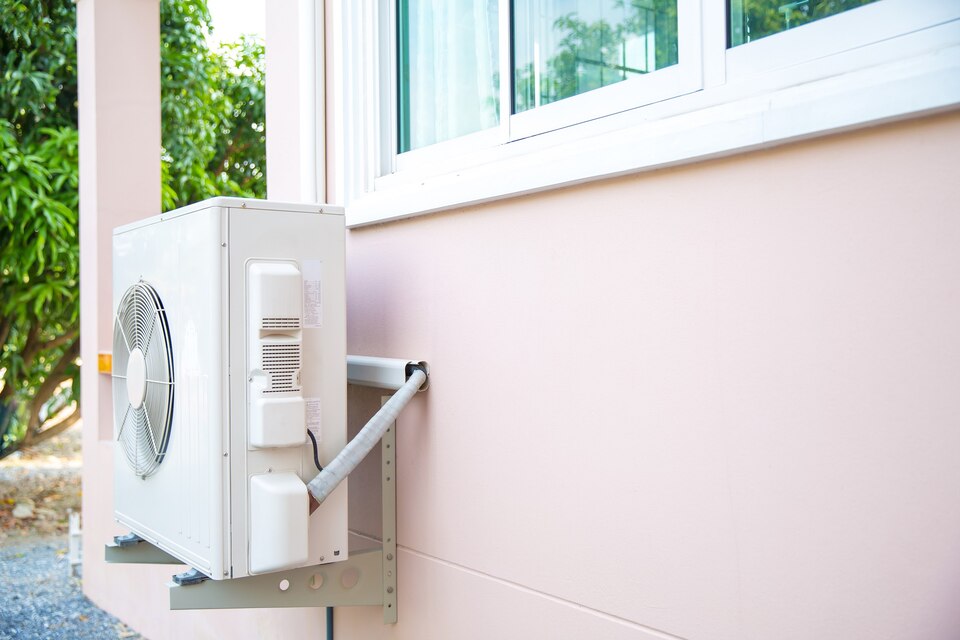Winter months can be challenging for heat pumps. One crucial component to ensure their efficiency is the defrost cycle. The defrost cycle prevents the outdoor unit from freezing and helps maintain proper airflow and heat transfer. Without this cycle, your heat pump could suffer from reduced efficiency and potential damage.
Understanding the Heat Pump Defrost Cycle
The defrost cycle in a heat pump is essential for maintaining efficiency and preventing damage. It is designed to remove ice buildup on the outdoor unit, which can occur during low temperatures and high humidity. When ice accumulates, it restricts airflow and reduces the system’s ability to transfer heat efficiently.
During the defrost cycle, the heat pump temporarily switches to cooling mode. This reversal allows warm refrigerant to flow through the outdoor coils, melting the ice. Meanwhile, the indoor unit often activates auxiliary heat to keep the indoor temperature comfortable. The cycle typically runs for a few minutes until the ice is completely melted.
Understanding this process is crucial for identifying and addressing any issues that may arise. A properly functioning defrost cycle ensures that your heat pump remains efficient, keeps your home warm, and prolongs the lifespan of the system.
Identifying Common Defrost Cycle Issues
Several common issues can affect the defrost cycle of a heat pump. Recognizing these problems early can help you address them before they impact the system’s performance. One frequent problem is a malfunctioning defrost control board. This component regulates when and how long the defrost cycle runs. If it fails, the system may not defrost correctly, leading to excessive ice buildup.
Faulty sensors can also cause issues. Defrost sensors monitor the temperature of the outdoor coils and signal when to start the defrost cycle. If these sensors are damaged or misaligned, the defrost cycle might not activate when needed, resulting in inefficient operation.
Another common issue is restricted airflow. Debris, leaves, or snow blocking the outdoor unit can prevent proper airflow, causing the coils to freeze. Ensuring the area around the unit is clear can help maintain effective defrosting.
Lastly, low refrigerant levels can also interfere with the defrost cycle. The refrigerant is crucial for heat transfer during the defrost process. Low levels can lead to inadequate heating and incomplete defrost cycles, putting more strain on the system. Regular maintenance checks can help identify and resolve these issues before they become significant problems.
Step-by-Step Guide to Fixing Defrost Cycle Problems
Addressing defrost cycle issues requires a systematic approach. Here is a step-by-step guide to help you fix common problems:
1. Check the Defrost Control Board: Examine the defrost control board for any signs of damage or malfunction. If the board appears faulty, consider replacing it with a new one.
2. Inspect the Defrost Sensors: Ensure the sensors are properly aligned and functioning. If they appear damaged, you may need to replace them. Properly working sensors are essential for signaling the start of the defrost cycle.
3. Clear Debris Around the Outdoor Unit: Remove any obstructions like leaves, snow, or other debris around the outdoor unit. Ensuring clear airflow can prevent the coils from freezing.
4. Check Refrigerant Levels: Low refrigerant can hinder the defrost cycle. Gauge the refrigerant levels and, if necessary, have a qualified professional replenish them to the recommended level.
5. Test the Reversing Valve: The reversing valve switches the unit from heating to cooling mode during the defrost cycle. Make sure it is functioning correctly. If not, it may need replacement.
6. Check for Faulty Wiring: Inspect all electrical connections and wiring associated with the defrost system. Repair or replace any faulty wires that could be causing malfunctions.
Following these steps can help restore your heat pump’s defrost cycle, ensuring efficient operation during the winter months.
Preventative Maintenance Tips for Heat Pump Defrost Cycles
Regular maintenance can help prevent defrost cycle issues and extend the life of your heat pump. Here are some key preventative maintenance tips:
1. Schedule Routine Inspections: Regularly inspect your heat pump to catch potential issues early. This includes checking the defrost sensors, control board, and refrigerant levels.
2. Keep the Outdoor Unit Clean: Ensure the area around the outdoor unit is clear of debris, snow, and leaves. This allows for proper airflow and reduces the risk of ice buildup.
3. Change Air Filters Regularly: Dirty filters can restrict airflow and impact the defrost cycle. Replace them every 1-3 months to maintain efficient operation.
4. Monitor the Thermostat Settings: Ensure your thermostat is working correctly and set to the appropriate mode. A malfunctioning thermostat can impact the defrost cycle and overall efficiency.
5. Inspect Electrical Connections: Check all wiring for signs of wear or damage. Secure any loose connections and replace damaged wires to avoid malfunctions.
6. Check for Ice and Frost: During winter, regularly check your outdoor unit for excessive ice or frost. If you notice ice buildup, take action immediately to prevent it from affecting the defrost cycle.
Conclusion
Fixing and preventing defrost cycle issues in heat pumps is essential for ensuring efficient operation and a warm, comfortable home during the winter months. By understanding the defrost cycle, identifying common problems, and following a step-by-step guide to fixing issues, you can maintain your heat pump’s performance. Regular preventative maintenance also plays a crucial role in keeping your system running smoothly.
For top-quality heating and cooling in Minneapolis, visit I Heart Amana. We offer a range of reliable, efficient products designed to meet your heating needs. Keep your home warm and energy-efficient with our trusted equipment.



Recent Comments